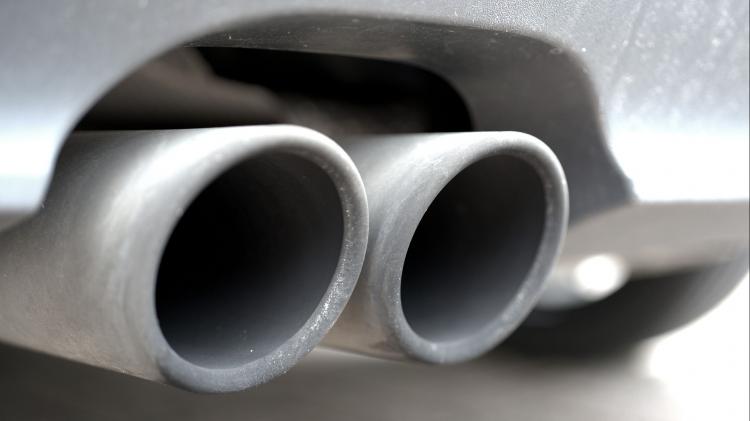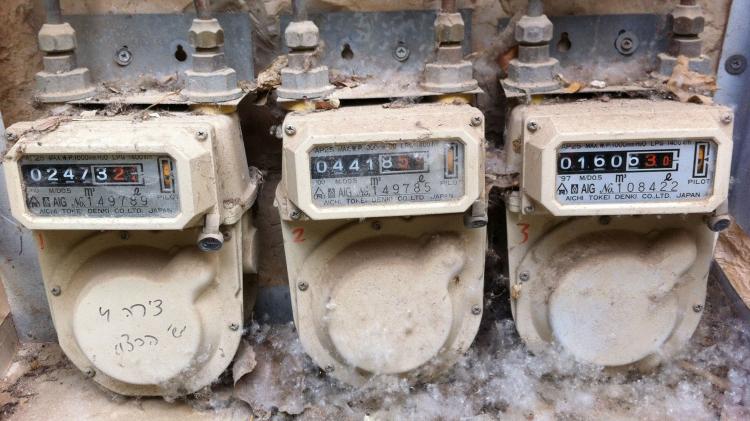
Reduce your carbon footprint
Personal carbon footprints in wealthy countries range from two tons of CO2 a year to over 100 tons. We all need to reduce our footprint and it isn’t difficult. Find out where you are using carbon, set yourself a reduction target, and make clear commitments to the actions you’ll take.

What is a carbon footprint?
A carbon footprint is the amount of CO2e* released into the atmosphere as a result of the activities of a particular individual, organization, or community. It can also describe the CO2e produced by one particular activity, such as a meal or a journey. In most cases, the total carbon footprint cannot be exactly calculated because of inadequate knowledge of the complex interactions between contributing processes. All carbon footprints are best guesses, though some are supported by detailed, in-depth research.
*Carbon footprints include carbon dioxide, methane, nitrous oxide and other greenhouse gases, but are always stated as carbon dioxide equivalent, CO2e.
What's your footprint?
The average European emits about nine tonnes of CO2e each year, the average American and Canadian about 20 tonnes and the average Australian about 25 tonnes. For global comparison, the average human uses about six tons and the average Liberian just 0.5 tonnes!
A sustainable level would be three tonnes. Of course some people in these countries have much higher emissions; the average citizen of Wyoming, for example, emits over 100 tonnes a year.
Carbon footprints can be split into five areas:
- Personal transport
- Food and drink
- Domestic energy (heat, light, cooking and appliances)
- Shopping (clothes, cars, computers etc.)
- Everything else (mostly construction and public services).
For each person the breakdown between the five areas will differ, but splitting it like this helps us understand our personal carbon footprint. Notice that most of this is down to individual lifestyles; governments and businesses need to take big, powerful actions, but it is us individuals who choose to do most of that travelling, eating, heating and shopping.

Setting reduction targets and making commitments
The 52 Climate Actions team are somewhat sceptical about counting the exact CO2e impact of particular actions or individuals. However, you can use the WWF carbon calculator to give you a rough idea of where your footprint comes from. The calculator will reveal your footprint in each of the areas of home, travel, shopping and food. It will also give you some great pointers on which of the 52 Actions are the best for you.
Although we're sceptical about precisely counting carbon, we encourage you to set simple targets. The petrol you use, the electricity consumption of your home, the miles you fly, the meat you eat and the things you buy are all easy to count. For each of them it’s easy to set a reduction target. This could be a 10%, 20% or 50% reduction from your current use. It could be to stop certain activities on 1, 3 or 6 days of the week or giving up some things completely. Set some reduction targets for yourself. Don't expect too much; if you're successful, you can always set some more. However, if you really want to go for it, why not aim to reduce your consumption of everything with a carbon footprint by 50%. Plenty of Europeans and Americans have a carbon footprint half their national average; why not you?
Setting a target needs to be backed up with a personal commitment. Every one of the 52 Climate Actions has four commitment suggestions: one simple action (up to 3 hours work), one everyday action (a long-term commitment), one community action (to be done with others) and one global action (campaigning for governmental or corporate change). If our suggestions don’t work for you then feel free to write your own - they’re just a guide. The important thing is to make a commitment that clearly says what you are going to do, and when.
Sequestration and offsetting
There’s one other way to reduce your carbon footprint, which is by doing things that take carbon out of the atmosphere and lock it away; carbon sequestration. Two proven ways to do this are to build healthy soil, which stores huge quantities of carbon (Action 48) and to plant trees, which are 50% carbon (Action 9). Building soil and planting trees both have huge potential to remove carbon from the atmosphere. You can do this by turning your own land into a carbon sink, or by supporting projects that care for soils and trees locally and in the Global South (Action 26 and Action 5)
Carbon offsetting is the idea that by giving money to plant trees and build soil, the carbon your lifestyle generates can be counteracted. However, there's no guarantee your money is going to real carbon offsetting activities, that they will be managed effectively long-term or monitored to check the actual carbon offset. The best thing about offsetting is that it makes us aware that our activities have a climate impact. Yes, support high quality tree planting schemes, but do it because that's a great way to tackle climate change, not because it 'offsets' your emissions. What we actually need is radical change in our carbon hungry lifestyles.
The impact of footprint reduction actions
A 10% footprint reduction means reducing emissions by around 1 tonne for an average European and around 2 tonnes for an average American or Australian. Achieving this is surprisingly straightforward.
Here are five simple actions that, taken together, can deliver that saving:
- Drive at 60 mph/ 100 kmph instead of 70 mph/ 113kmph (transport)
- Turn your home thermostat down to 18C (domestic energy)
- Eat vegan one day a week (food)
- Halve the number of new clothes and shoes you buy (shopping)
- Give all the money you save on the first four to protect rainforests
Here are five actions that could each reduce your carbon footprint by around 10%; a potential 50% reduction overall. See the action pages for each one to learn why they have such a huge impact.
- Action 20: 'Ride your bike': Cycle a 10 mile daily commute instead of driving (transport)
- Action 40: 'Change your heating': Insulate an uninsulated home to the highest standard (domestic energy)
- Action 6: 'Eat less meat and dairy': Go from fully meat eating to fully vegan (food).
- Action 52: 'Avoid seasonal excess': Stay close to home, halve your present budget, only buy the food you need (shopping)
- Action 9: 'Plant and nurture trees': Plant one hectare (2 acres) of woodland – it won't reduce your emissions, but it will increase carbon sequestration.
Footprint reduction shouldn't be painful. It should be fun. In most cases it will also save you money. In many cases it will benefit your health and hopefully make you happier. It may introduce you to new friends and build bonds with existing ones. Choose the actions that are good for you financially, mentally, physically and socially. Then tell others about your commitments, and your achievements.
Picture Credits: 1) Paul Green - unsplash.com 2) Webandi - pixabay.com 3) Shuraki - pixabay.com
Identify which areas of your carbon footprint are most easily cut
Set a footprint reduction target and review it regularly
Create a friendly competition to compare and reduce footprints
Lobby the companies with the biggest footprints to take radical reduction action


